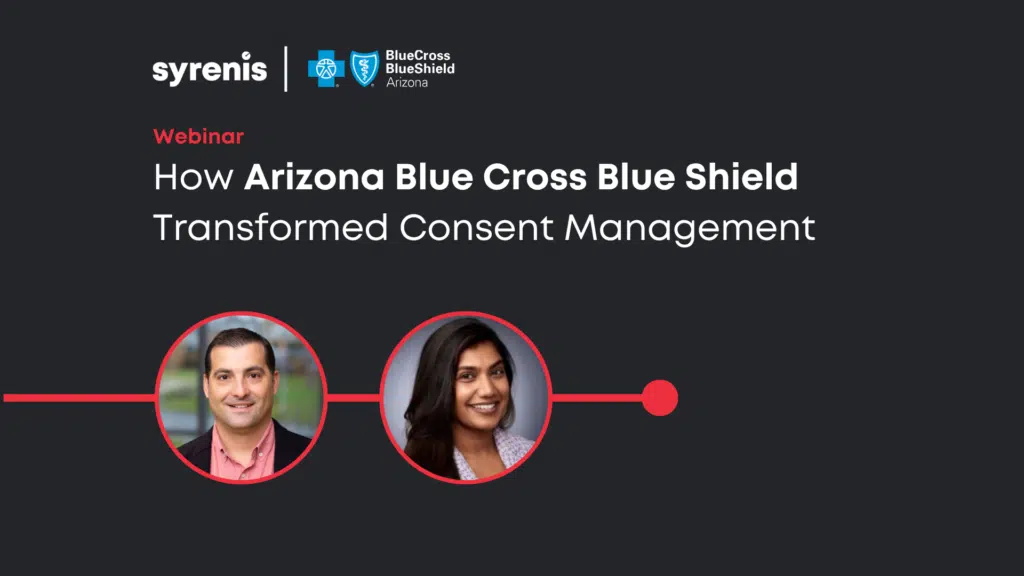Many enterprises are legally bound to paper communications unless customers opt into digital. But paper is costly, inefficient, and unsustainable. Moving to paperless options via digital consent platforms offer a smarter, compliant way forward, cutting costs, improving service, and aligning with modern customer expectations.
Despite decades of digital transformation rhetoric, many enterprise organizations, particularly in regulated sectors like insurance, remain tethered to paper-based communications.
From policy updates to account statements and marketing leaflets, the cost of printing, postage, and manual handling is quietly draining budgets and slowing down customer engagement.
For insurers, the challenge is even more acute. By law, paper remains the default for customer communications unless explicit e-consent is obtained. This legal constraint makes the shift to digital not just a technical upgrade, but a behavioral and strategic one.
Key takeaways:
- Paper is still the legal default in insurance, requiring explicit e-consent to go digital.
- Hidden costs of paper include manual handling, errors, and compliance risks.
- Digital consent platforms cut costs and improve customer experience.
- Legacy systems and silos block progress and slow transformation.
- Consent is strategic, not just a compliance requirement.
Jump to each section:
- The real cost of paper-based communications
- The legal catch: Why insurers can’t just go digital
- Digital consent: The strategic lever
- The barriers to overcome in going paperless
- A consent-led future
The real cost of paper-based communications
Paper-based processes are deceptively expensive. Beyond the obvious costs of printing and postage, there are hidden overheads: manual data entry, storage, error correction, and compliance risks.
Operational inefficiencies are one of the biggest culprits. Staff spend valuable time printing, scanning, filing, and retrieving paper communications and forms, time that could be better spent on higher-value tasks.
These manual processes are not only slow but also prone to human error, with misplaced or incomplete forms leading to delays, rework, or even compliance breaches. One hospital lost over $580,000 annually due to surgical delays caused by missing consent forms.
Then there’s the financial waste. The cost of paper, ink, printers, maintenance, and physical storage may seem trivial in isolation, but when scaled across an organization, it can amount to hundreds of thousands of dollars annually. And that’s before factoring in the cost of correcting errors or chasing missing documentation.
Beyond the balance sheet, there’s also the environmental impact. Paper-based processes contribute to deforestation, increased carbon emissions, and unnecessary waste, at odds with the sustainability goals many organizations are now prioritizing.
In short, paper communications aren’t just outdated. They’re expensive, inefficient, and environmentally unsustainable.
The legal catch: Why insurers can’t just go digital
Unlike other sectors, insurers face a unique regulatory hurdle: paper is the legal default.
Documents such as policy cancellations and renewals must be delivered in physical form unless the insured has explicitly agreed to receive them electronically.
To transition customers to digital channels, insurers must first secure explicit e-consent. This isn’t just a checkbox, it’s a strategic challenge.
Consent-based marketing and communications can dramatically improve targeting efficiency and conversion rates, up to 2–5x higher than traditional methods. But to unlock these benefits, insurers must first overcome the inertia of paper and the complexity of consent capture.
Digital consent: The strategic lever
- Real-time access: Consent is instantly available across systems and teams.
- Audit-ready: Digital logs ensure traceability and compliance.
- Multi-channel flexibility: Consent across web, mobile, in-person, and IoT devices.
- Cost savings: Reduced admin time, fewer errors, and no physical items/storage.
Digital consent platforms offer a way forward. They enable real-time access, audit trails, and multi-channel delivery, reducing admin time, improving compliance, and enhancing customer experience.
When Blue Cross Blue Shield of Arizona (BCBSAZ) set out to modernize its member communications, paper communications were a major obstacle.
With over 1.5 million member records to manage, the organization faced mounting operational costs, fragmented data systems, and increasing regulatory pressure. Their legacy platforms couldn’t scale or support the level of granularity members expected, such as choosing how and when they wanted to receive communications.
By implementing the Cassie Consent and Preference Management Platform, BCBSAZ saw a dramatic shift: within six to nine months, 55% of members opted into electronic communications by default.
This not only reduced printing and mailing costs but also improved delivery speed and accuracy. The move to digital consent helped eliminate issues like undelivered mail and manual data handling, while also freeing up internal development resources previously tied to maintaining custom-built systems.
More importantly, the transformation allowed BCBSAZ to respect member preferences across channels, whether via email, SMS, or portal notifications, aligning with their digital-first strategy and enhancing member experience without compromising compliance
For insurers, the opportunity lies in designing smart, frictionless consent journeys that encourage customers to opt in. This includes:
- Omni-channel capture: Using web, mobile, and in-branch prompts to collect consent at the right moment.
- Personalized UX: Making the value of digital clear; faster service, better access, and environmental benefits.
- Regulatory alignment: Ensuring consent is auditable, revocable, and compliant with legal frameworks.
The barriers to overcome in going paperless
Legacy systems, siloed data, and fragmented customer journeys remain major obstacles. Many enterprises still rely on outdated infrastructure that doesn’t integrate well with modern platforms.
Replacing or upgrading these systems is costly, time-consuming, and often disruptive to day-to-day operations. This creates a reliance on in-situ vendors, current processes, and limits innovation. Technical debt is also a huge challenge.
Departments often operate in silos, using different systems and workflows. This fragmentation makes it difficult to create a unified digital strategy or share data effectively, especially when it comes to consent and preference management.
Sometimes, the technology selected doesn’t align with the organization’s actual needs or customer experience goals. This misalignment can lead to poor adoption, wasted investment, and frustration across team.
A consent-led future
The shift from paper to digital isn’t optional, it’s inevitable. But for insurance companies, success hinges on more than just technology. It requires a consent-first mindset, where every communication touchpoint becomes an opportunity to build trust, reduce cost, and deliver value.
Reframing consent as a strategic asset, not a compliance burden, insurers can finally realize the promise of digital transformation.

How BCBSAZ pushed paperless communications – at scale
Learn how Arizona Blue Cross Blue Shield replaced fragmented opt-ins and manual processes with an integrated, scalable solution with a model the enterprise businesses can follow.
We discuss…
- Behind-the-scenes of the project and procurement process
- Why they replaced legacy systems and chose to buy over build
- The measurable impacts on digital comms, costs, and member engagement

